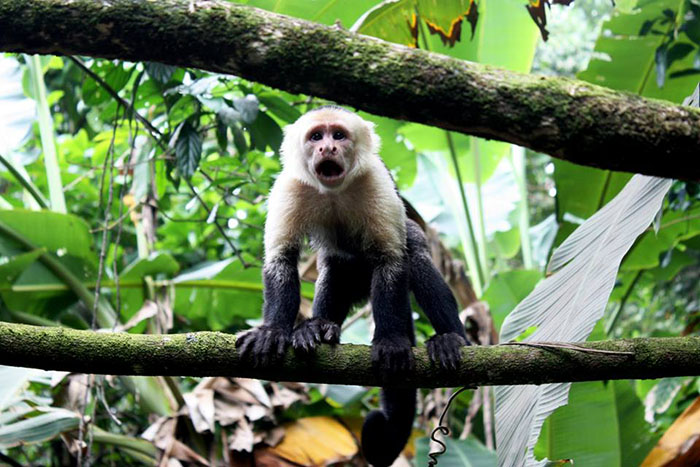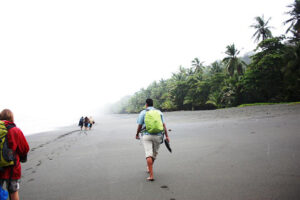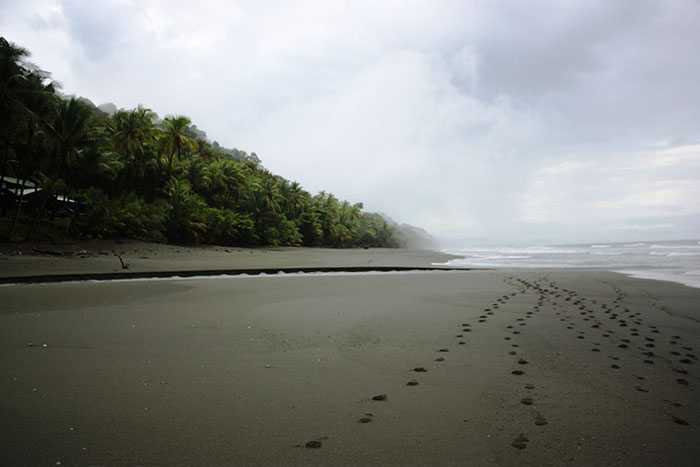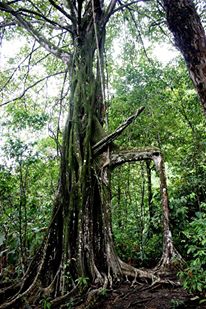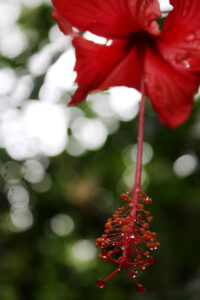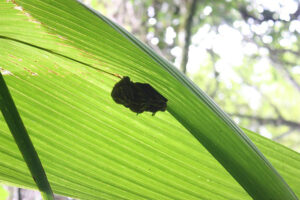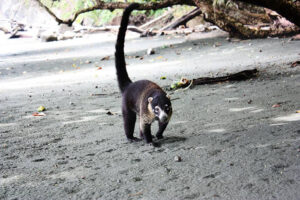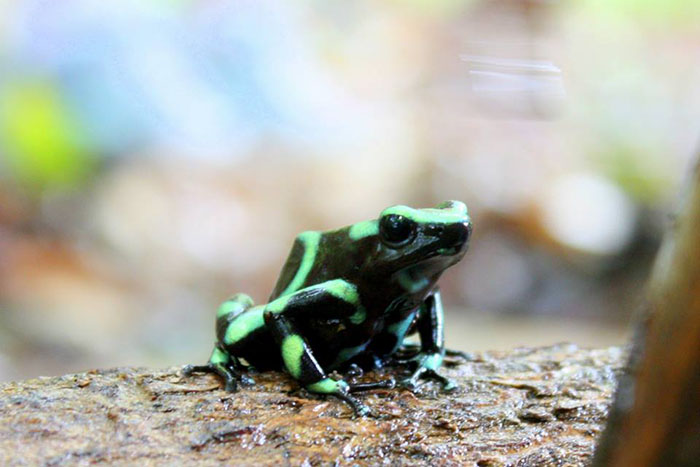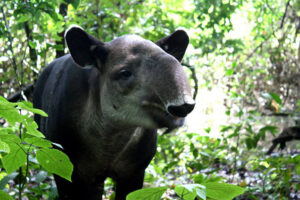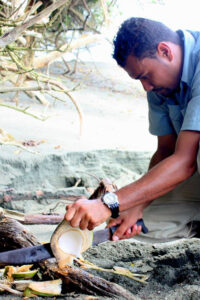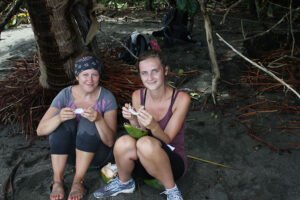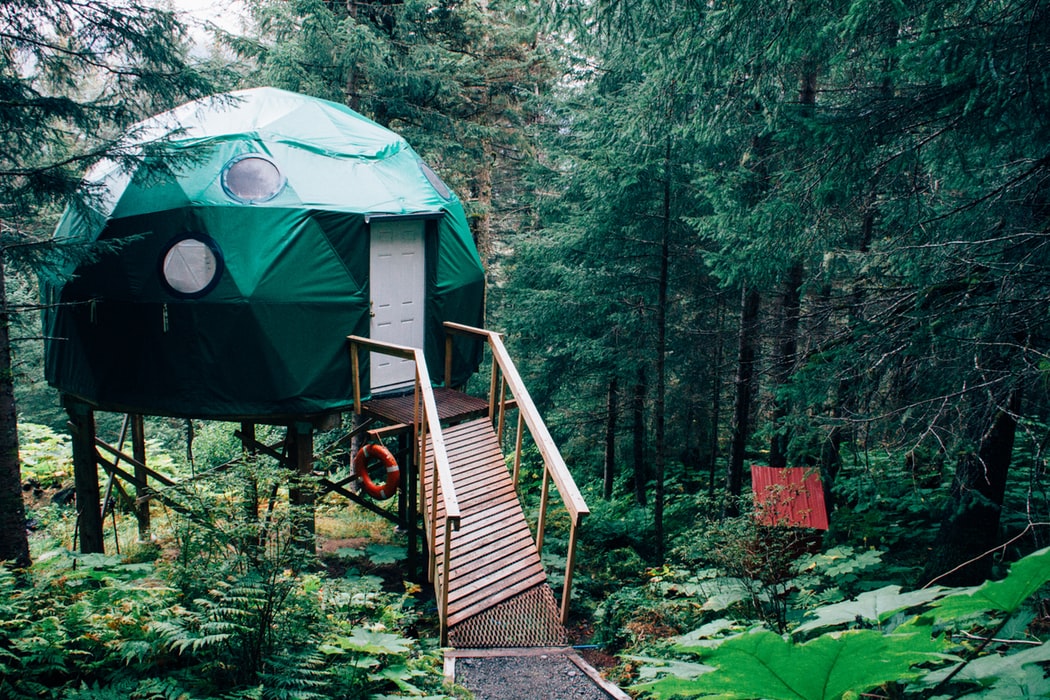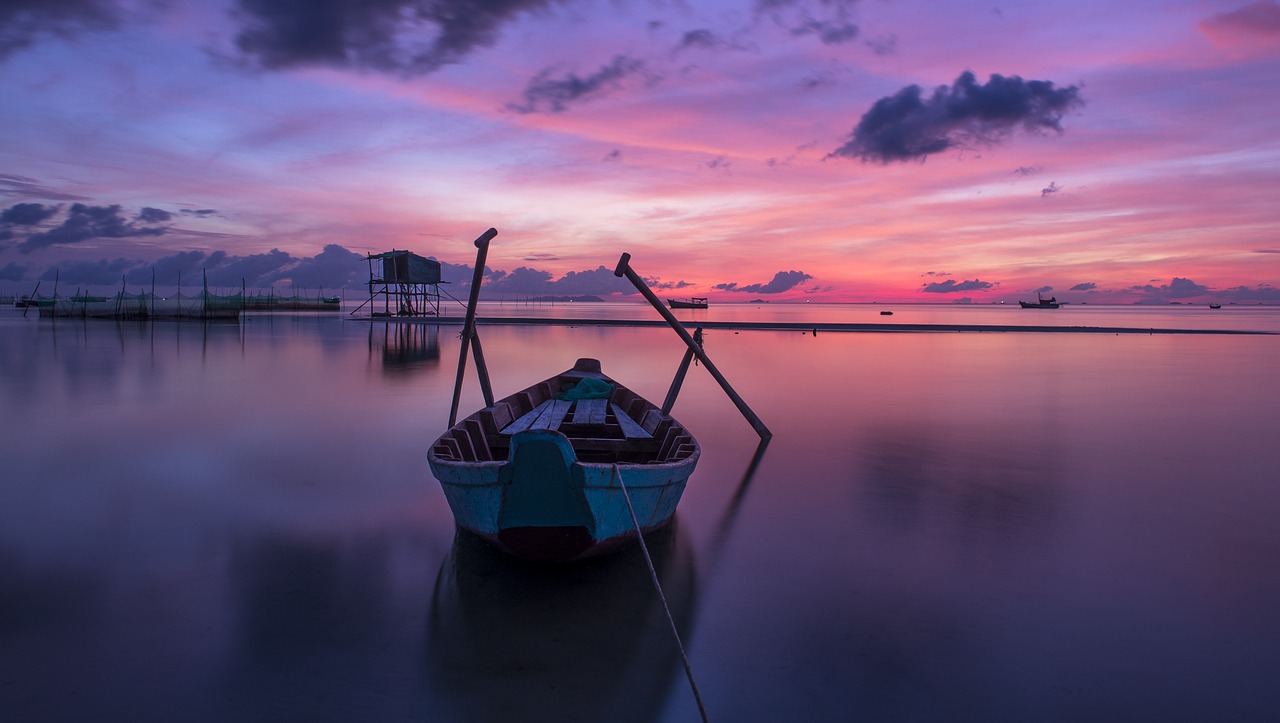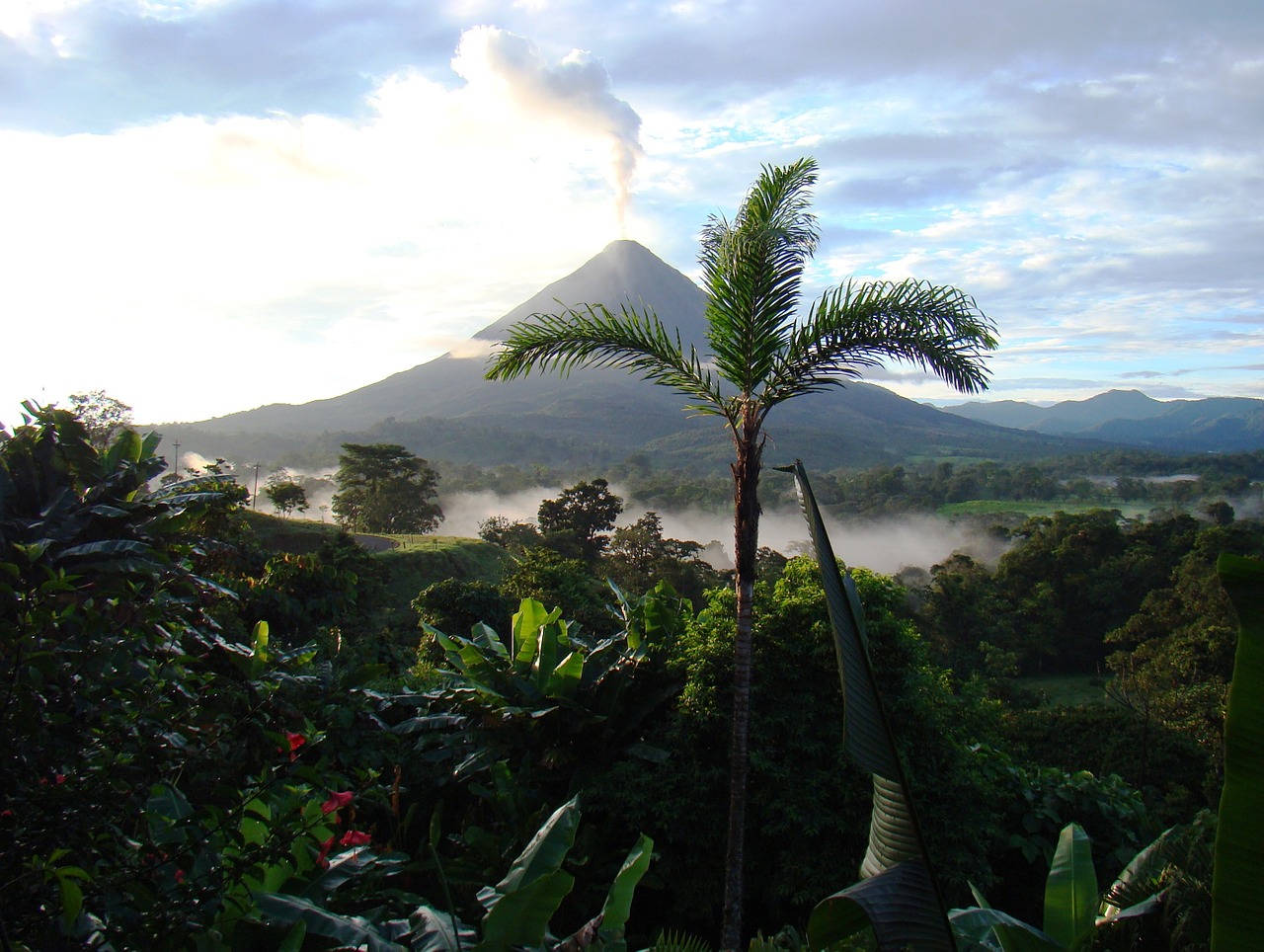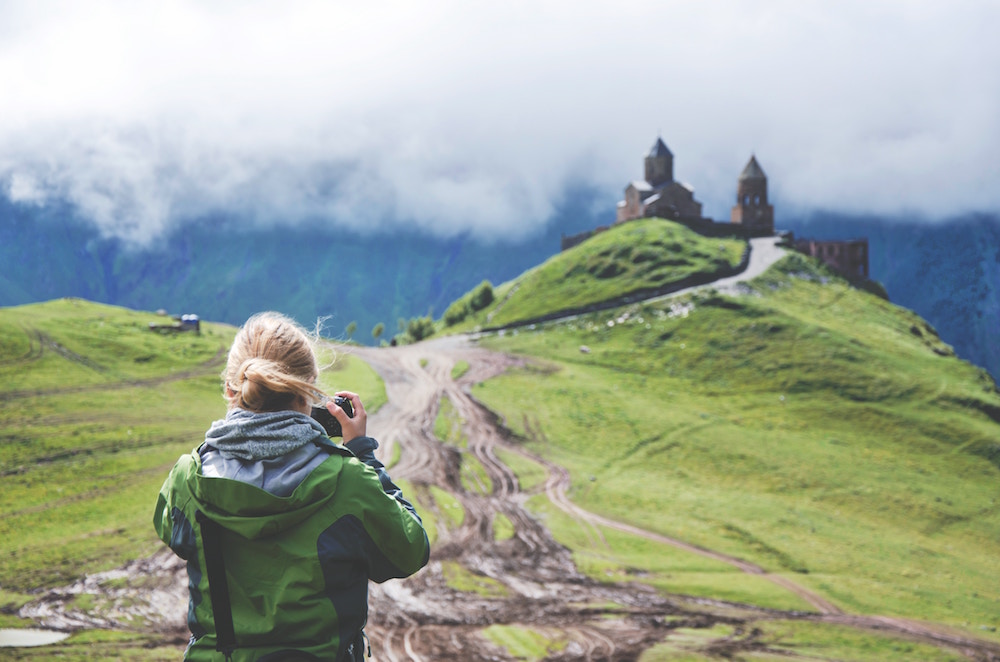Corcovado National Park, or Parque National Corcovado, is Costa Rica’s largest park and visitors can see an abundance of wildlife – this is what Wikipedia promises. The difficult access to its interior makes it the perfect getaway from the the busy tourist towns along the Pacific coast. Rain forests with massive trees, sandy beaches along the coast line, kilometres of tracks with adventurous river crossings come all along with a good chance of spotting some exotic animals in their natural habitat. Located on the Osa Peninsula in south western Costa Rica, Puerto Jimenez offers a perfect starting point for this little adventure. It’s easy to get there either from the Panama border in the South or from the Pacific coast in the North as well as from San Jose. There are plenty of public buses and a water ferry from Golfito that takes you there for just a couple of dollars.
Doesn’t that sound amazing? I think it does! But wait… animals? insects? spiders???
I remember my recent visit to Montreal’s insectarium and unfortunately I couldn’t get over the fact that I might meet some of those little creatures crawling all over this gorgeous spot on earth. And I pictured myself watching every single step to avoid anything that could easily turn this fabulous experience into a nightmare. No question… I need a guide, my saviour in the jungle!
I hadn’t forgotten about my friend’s advice to get in touch with Steven, her guide in Corcovado, just a couple of months before I made my way to Costa Rica (and her personal hero in terms of taking every single spider out of her sight).
Done! We got in touch with Steven and arranged a two day/ one night trekking tour into the park. He came to see us in our hostel the minute we arrived and made sure that we had everything that was required to safely start the trip early the next morning.
The beach walk
I must admit, it wasn’t the best day ever to start our 21 km hike to the ranger station where we were going to spend the night. The sun hid behind the clouds, mist and fog took out our sight in the far distance and it rained drop by drop to slowly soak our clothes. But I think that it gave the forest this mysterious glow, something that can only be seen early in the morning. Remote beach covered with only our own footprints and the sound of unknown birds from somewhere between the trees and palms. A moment to take a deep breath of fresh morning air and appreciate the beauty of the nature.
The forest walk
I felt like I was following Mowgli and Balu on their tracks through the Jungle Book – but this was for real! It was exactly how I pictured the rainforest. Tropical climate, warm and wet, dense vegetation, huge trees covered with moss, the sunlight falling through the leaves, giving shade for a less strenuous hike. It was incredible!
Steven was well prepared and pointed out even the smallest residents of this biodiversity. Every now and then he grabbed his machete to cut our way through the bushes and rugged areas. Showing us the variety of wildlife in all its different places, may it be hidden under a leaf or far up in the crown of the largest tree.
And I still hear him saying: “psst, psst, come here very slowly and look behind that stone” and he would find us the smallest frog we would never have noticed without his well-trained eyes.
It was a tiring, exhausting two day hike through the forests, along the beach and through the river but it also was a life time experience. I could have never imagined seeing all those amazing animals. And, for sure, it wouldn’t have happened if it hadn’t been for Steven guiding us through this adventure.
All the effort of that trip was absolutely worth it to see tapirs, bats, monkeys, frogs, toucans and much more wildlife in its natural environment.
And by the end of the day our biggest reward is to sip the water of a fresh coconut, sitting at one of the most beautiful beaches, in a National Park somewhere in Central America. Can you imagine that?

